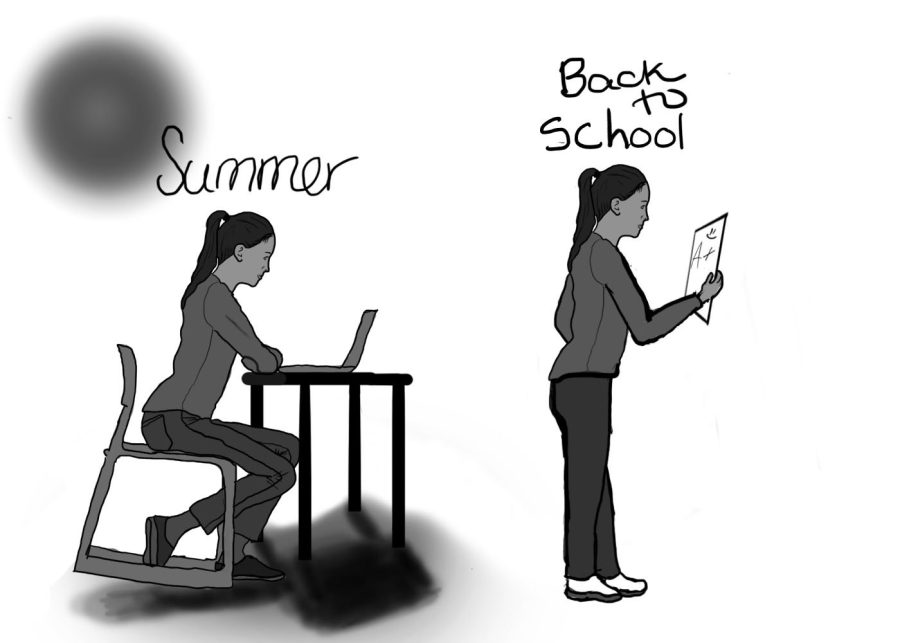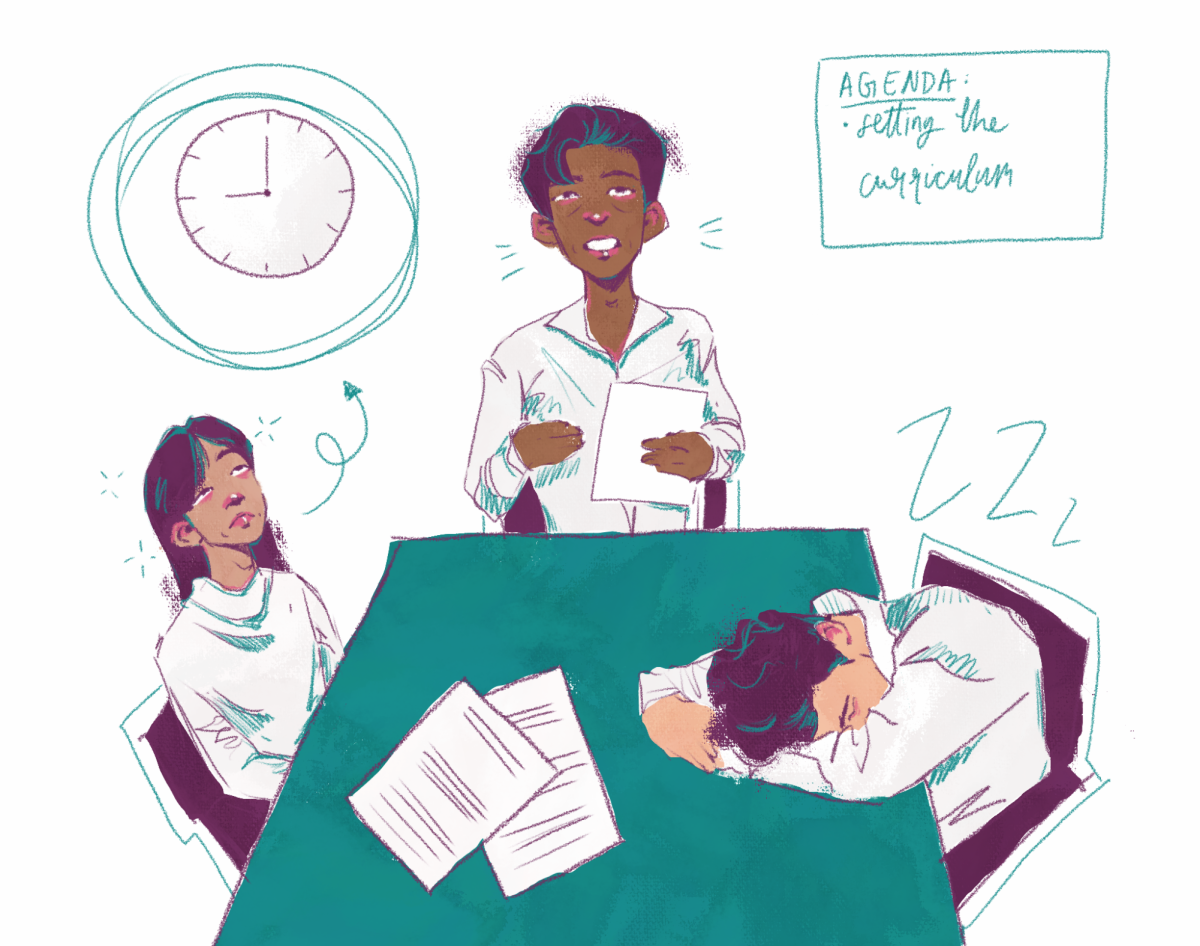With summer right around the corner, one would think that the last thing on the minds of students is more school. However, many students without summer plans wish to be productive by completing courses required for graduation during their time off.
Currently, the only for-credit summer courses offered at Palo Alto High School are Living Skills, Introduction to Economics and remedial math classes. These courses have limited capacities — they often fill up by late winter.
Students who wish to complete graduation requirements during the summer are not offered the oppurtunity to do so. The rapid rate at which summer classes fill up proves that the demand for additional summer courses already exists; however, this demand has gone unacknowledged by summer school administrators.
Paly’s graduation requirements are more extensive than the minimum A-G courses that are required by the University of California system, which cover the four core subjects along with art, language and elective courses. While Paly’s rigorous course load challenges students academically, it also forces students to take on more school work during the academic year.
Though it is unreasonable to lower graduation requirements to appease students who want to take fewer courses during the school year, it would be viable for Paly to offer additional, for-credit required courses during the summer.
It is true that a year’s worth of new material in STEM or English courses should not be taught entirely in just two and a half months, as the limited time frame detracts from the student’s learning experience and understanding of complex topics.
However, art, career technical education, Beginning Journalism and semester-long history courses, all of which tend to be less rigorous than traditional core classes, are each capable of being condensed into one summer. Furthermore, these courses can be taken independently from one’s regular course load, since the content is not cumulative.
Junior Alice Zhang, who has yet to complete her Paly art requirements, agrees that having art courses available during the summer would reduce her senior course load. Since most seniors partake in the college application process while often simultaneously taking rigorous upper-level courses, a lighter senior year course load would be beneficial in reducing stress.
“I was looking forward to having more prep periods during my senior year, but in order to graduate, I have to take an art class,” Zhang said. “While I support the arts, if I had the time, I would have rather taken art during the summer to free up my schedule next year. Also, I think that a summer art class would have been [more] enjoyable and a good use of my time.”
Making more courses available during the summer can also help reduce the so-called “Summer Learning Loss,” a phenomenon in which students forget material learned during the school year over summer break. According to Oxford Learning, an alternative tutoring program, up to 2.6 months of mathematics skills along with two months of reading skills can be lost in just one summer. A lack of academic activity for more than two months can significantly hamper a student’s performance at the beginning of a new school year.
While educational summer programs are available for high school students hoping to avoid the loss of knowledge, they usually cost several thousand dollars, which prevents socioeconomically disadvantaged students from attending. Community college courses present a more economical option to students, but can only earn credit for a maximum of four classes outside of Paly.
This leads to a small number of learning opportunities for socioeconomically disadvantaged students over the summer, which further widens the achievement gap. The addition of summer courses would give disadvantaged students, who are the most at risk for Summer Learning Loss, the chance to avoid falling behind over the summer.
Although some may argue that the addition of summer courses increases student stress in a time meant for relaxation, the addition of summer courses would actually reduce stress. Students who return to school with Summer Learning Loss experience undue stress and anxiety that can last months into the school year. Summer courses would be a way for students to ease back into school before receiving a heavier course load in the fall.
The existing summer school program could be extended to cover facilities and additional staff: adding new summer courses would simply require new instructors.
As teachers cannot be forced to teach summer school, only courses with willing and motivated instructors would improve the quality of teaching. In order to incentivize teachering during the summer, the district could offer added benefits or raises. Though this would require additional funding from the district, it would be well worth the cost as it improves students’ academic performance and helps alleviate the stress of returning to school.









